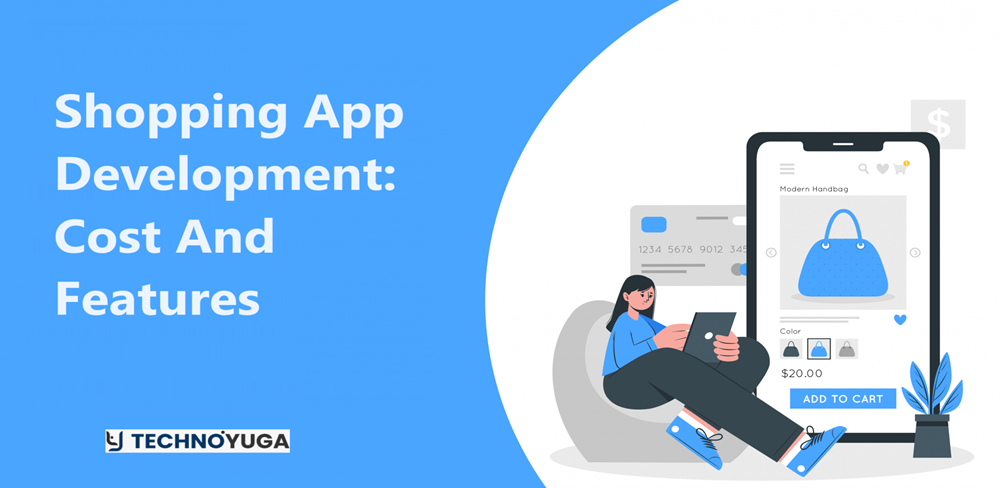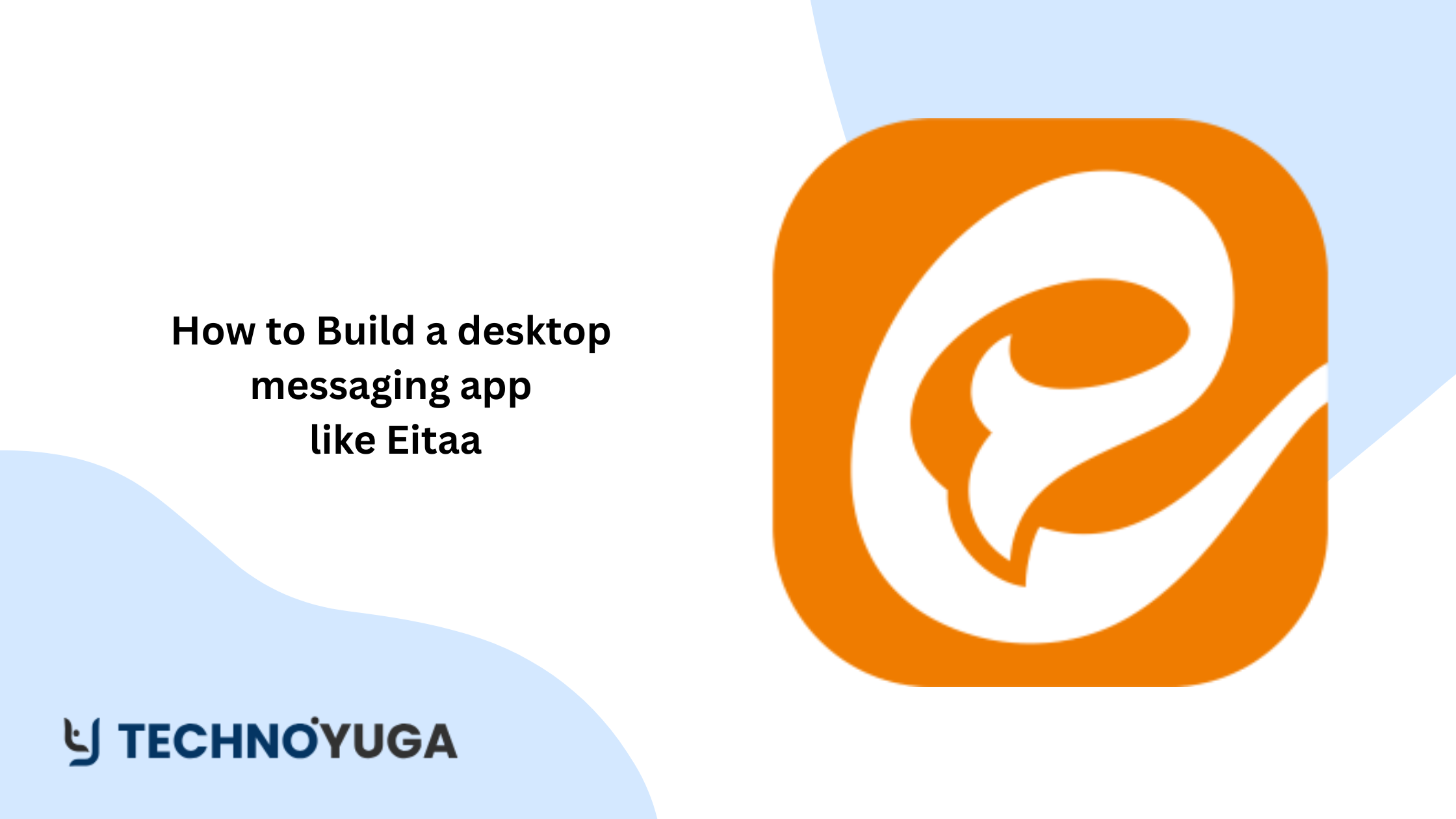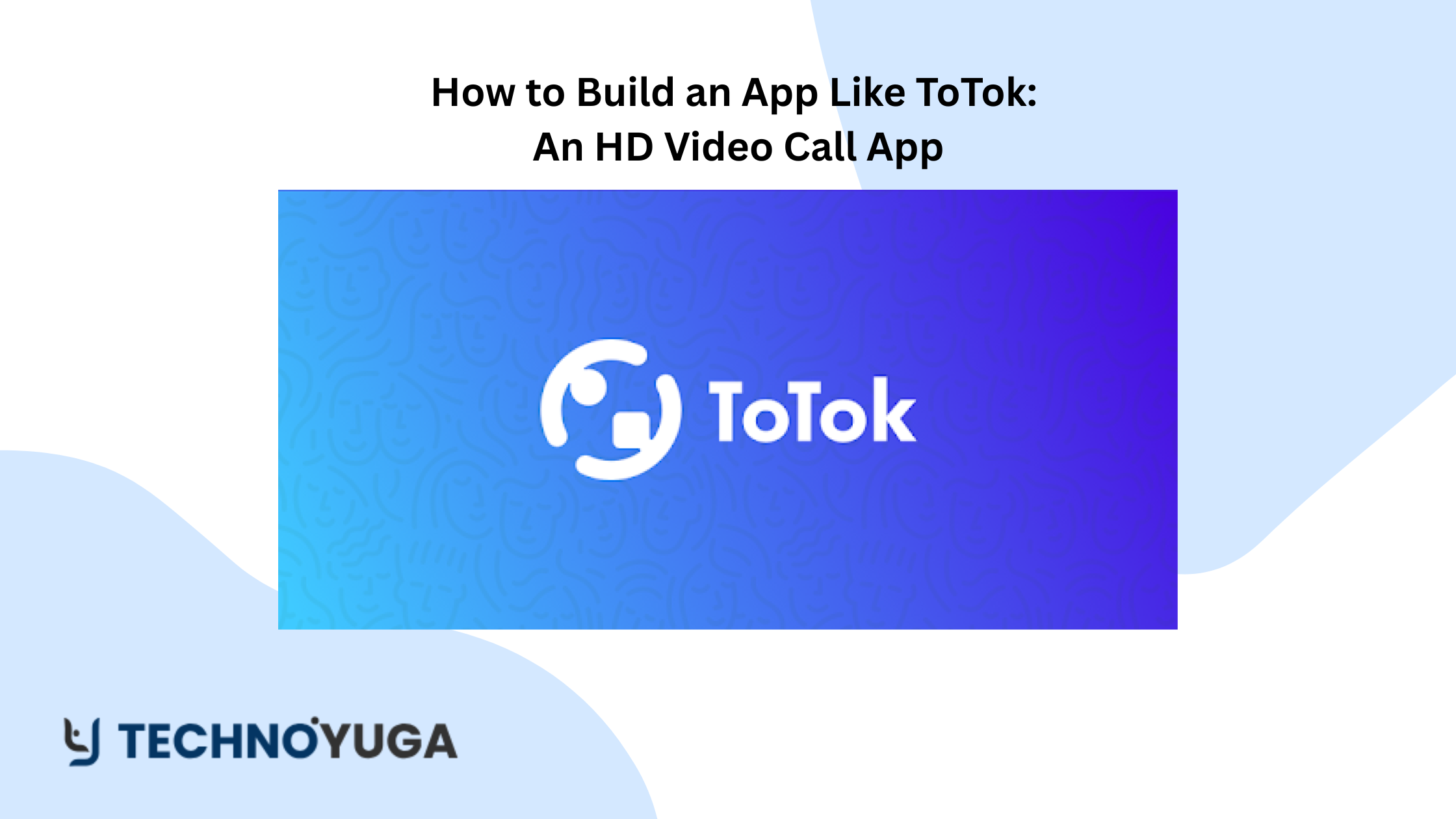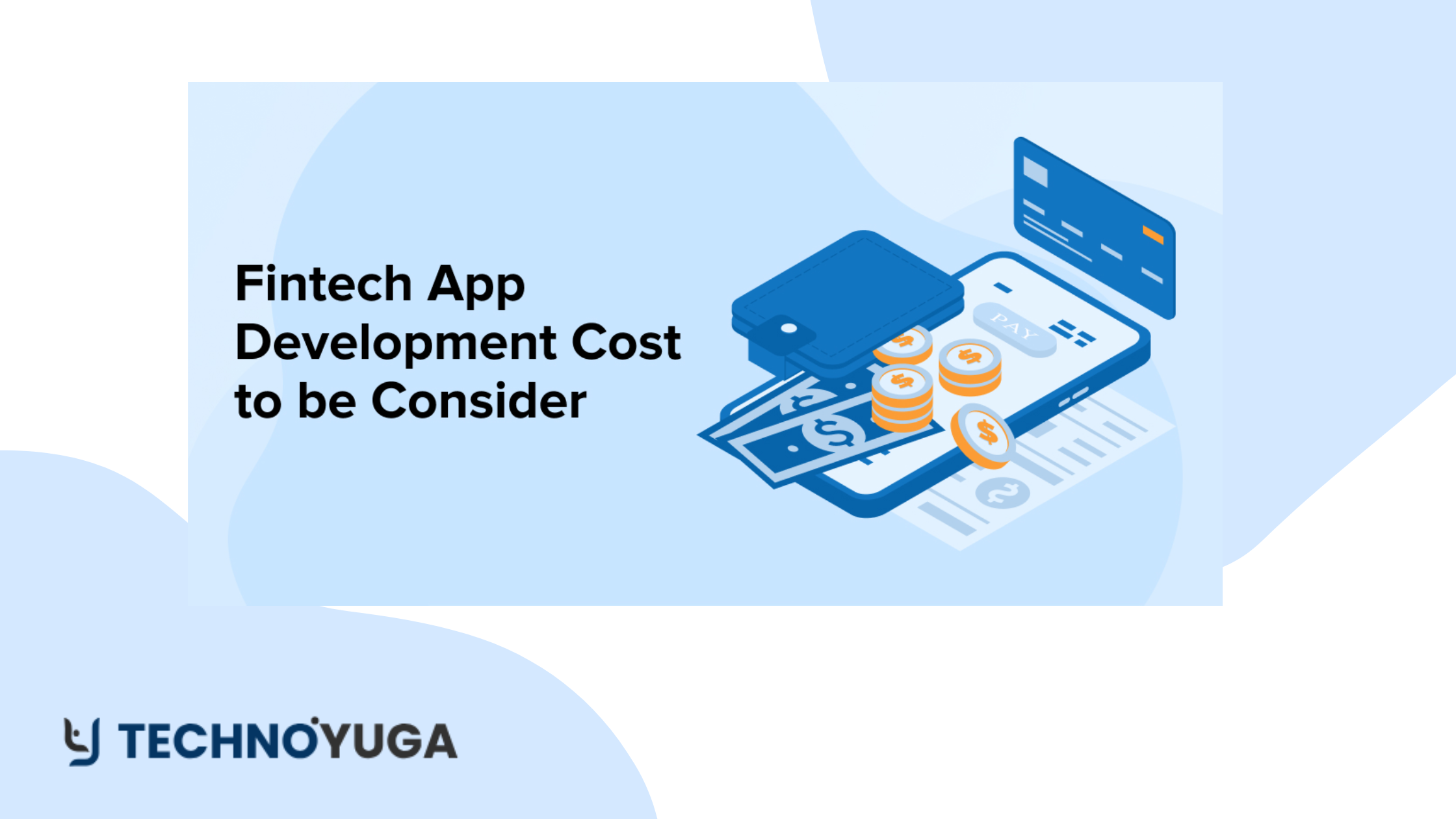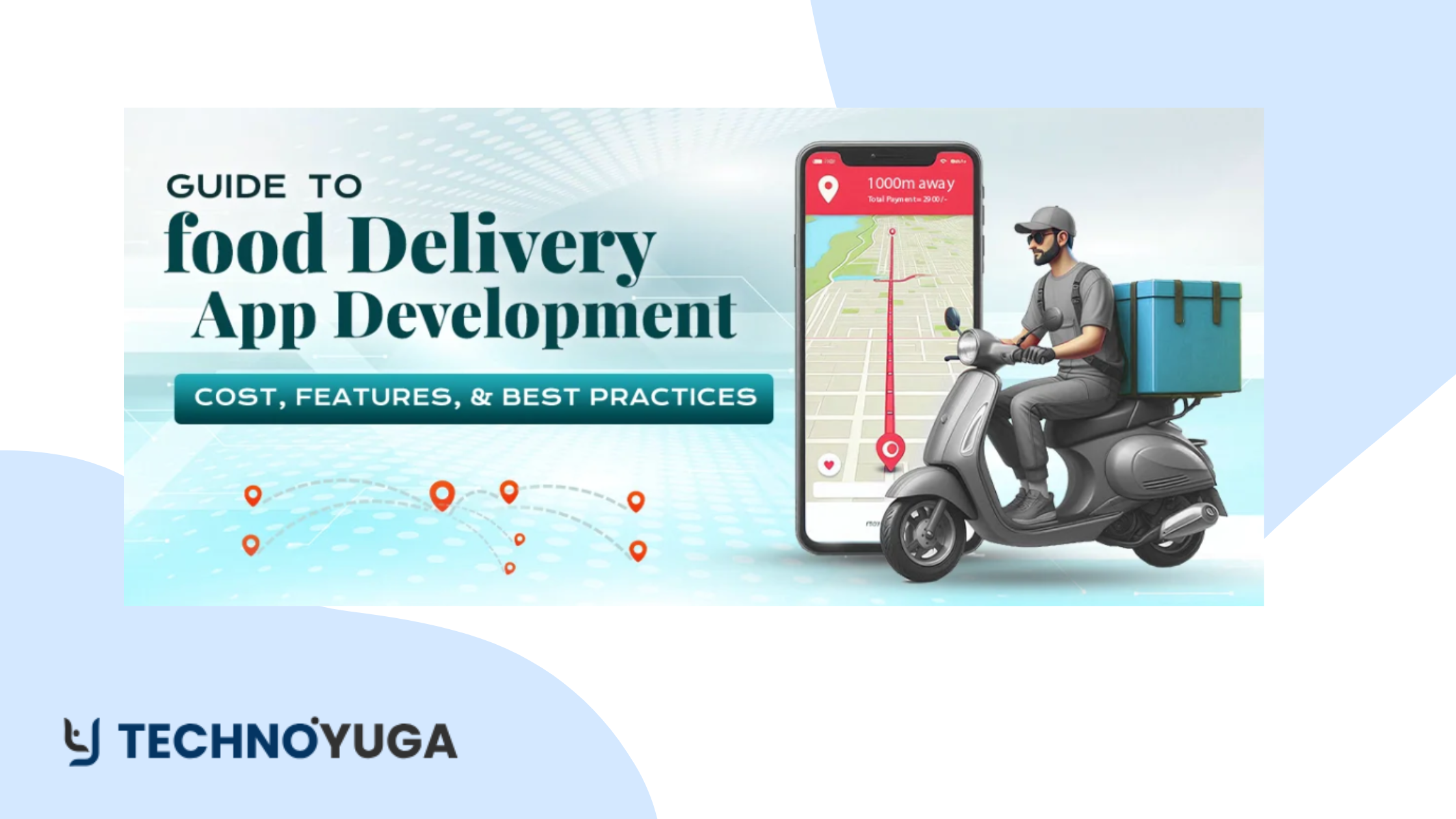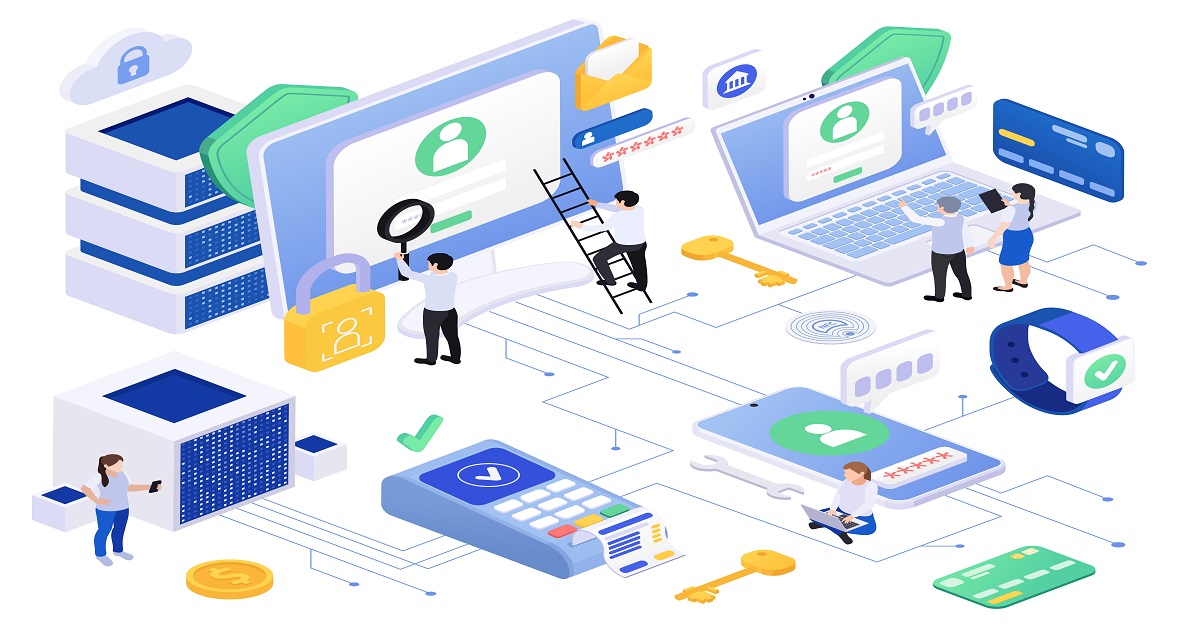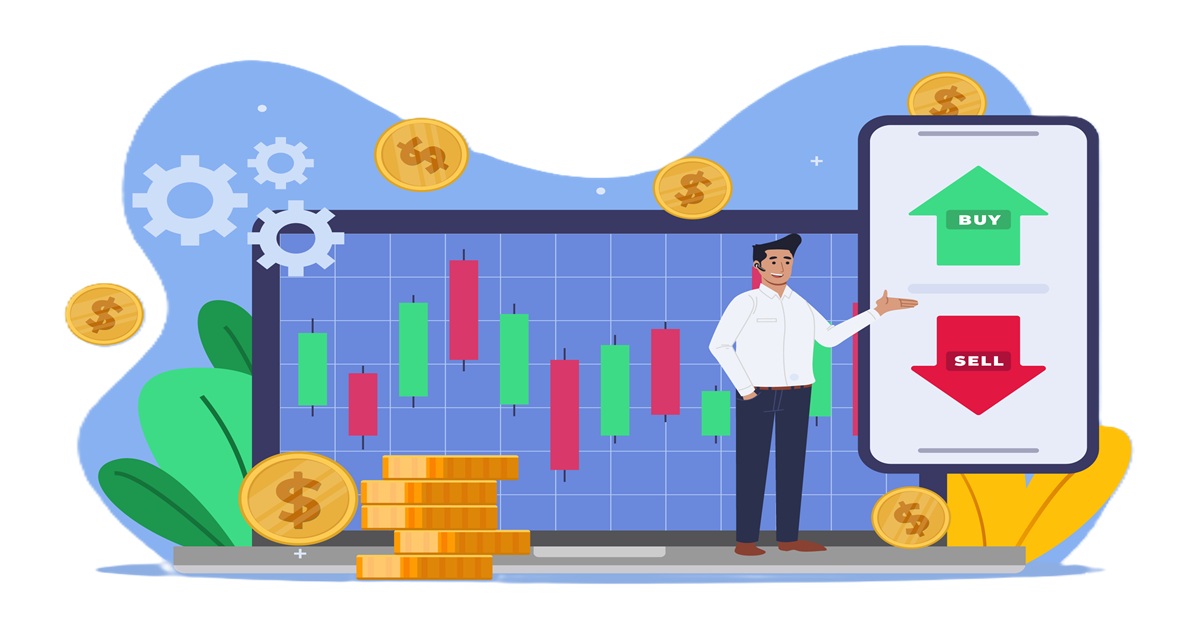While numerous industries faced substantial setbacks amid the COVID-19 outbreak, the eCommerce sector emerged unscathed. Instead, it is experiencing unprecedented growth, particularly with a surge in mobile device-based shopping. According to Statista, mobile sales are projected to hit $3.56 trillion in 2021, a 22.3% increase from the preceding year. This notable trend underscores the opportune moment for eCommerce companies to consider shopping app development as there will be a massive demand in the coming time.
As more than half of the global population possesses smartphones, merely introducing a website for online product sales falls short. Nearly 80% of smartphone users have made purchases through their mobile devices. Additionally, smartphones’ prevalence surpasses desktop devices, a fact driven by the affordability and widespread accessibility of smartphones, particularly in developing regions. This leads us to the focal point of our discussion: the development of eCommerce apps.
So, if you are also in a similar industry, it is high time to think of online shopping app development. Also, to help you with the same, we have highlighted the entire process to develop a shopping app, including its cost, features, benefits, and more.
Shopping App Development Market Statistics
The shopping app development market is booming, driven by the increasing popularity of mobile shopping and the growing adoption of smartphones. Here are some key statistics reflecting the urge to build ecommerce app in today’s time.
- The global shopping app market is expected to reach $84.6 billion by 2025, at a compound annual growth rate (CAGR) of 18.2% from 2022 to 2025.
- In 2022, mobile shopping accounted for 79% of all e-commerce sales in the United States.
- The top five shopping apps in the world by downloads in 2022 were Shien, Amazon, Meesha, Shopee, and Flipkart.
- The average person spends 3 hours and 40 minutes monthly shopping on their smartphone.
- As per Statista reports, total revenue generated from shopping apps is expected to reach US$46.52 billion by 2027. Also, it is projected to grow at a CAGR of 12.42% between 2022 and 2027.
- Mobile in-app purchase (IAP) revenue was $0.40 billion in 2022, while the paid app revenue was $0.05 billion in 2022.
- 74% of global online retail traffic and orders originate from mobile devices.
- The average online conversion rate in the U.S. is 2.2%, with quarterly global rates varying by region and country.
What is A Shopping App?
A shopping app is a mobile application designed for online retail, enabling users to browse, search, and purchase products or services through their smartphones or tablets. These mobile apps provide a convenient and user-friendly interface, allowing customers to explore various products, compare prices, read reviews, and make secure transactions online.
Users can create accounts, save preferences, and receive personalized recommendations to access a shopping application. On-demand shopping app development often includes features like order tracking, notifications, and seamless payment options, enhancing the overall shopping experience. They serve as a digital marketplace, connecting consumers with sellers and streamlining the buying process in the rapidly growing world of e-commerce.
How Shopping App Work?
The working process of the shopping app is straightforward. Here’s how the shopping app works, as explained by the shopping app development company professionals.
Step 1 – User Registration
Users download and install the shopping app from an app store. Upon launching the app, users create accounts by providing necessary information like email, password, and personal details.
Step 2 – Browse Products
Users explore the app’s interface, navigating through categories or using search functionality to find desired products. Product pages showcase images, descriptions, prices, and customer reviews, aiding in informed decision-making.
Step 3 – Add Products to the Shopping Cart
After selecting products, users add them to a virtual shopping cart. The cart accumulates chosen items, allowing users to review, modify, or remove selections before proceeding.
Step 4 – Checkout & Pay
Users initiate checkout by entering shipping details and selecting a payment method. Users complete the purchase by entering payment details. Once payment is confirmed, users receive an order confirmation with transaction details and estimated delivery dates.
Step 5 – Order Tracking and Delivery
Users can track their orders in real-time and receive updates on shipping status. Upon delivery, users may receive notifications and provide feedback, concluding the shopping experience.
So, these are the steps you should know if you are planning to build e-commerce app. Once you get an understanding of how shopping apps work, you will be able to draft a better application for your business.
7 Step Process of Shopping App Development You Should Know
As per the on-demand app development company professionals, developing a shopping app is similar to other mobile app development steps. Here is a detailed process highlighting the step-by-step online shopping app development process.
#Step 1 – Define Your Goals and Target Audience
Identify the purpose of your shopping app (e.g., e-commerce, marketplace, grocery shopping). Define your target audience and understand their needs and preferences. It is the foremost yet very crucial step to understanding your business goals.
Once you have a defined scope and goal, you can smoothly proceed with the shopping app development process.
#Step 2 – Conduct Market Research & Competitor Analysis
Conduct market research to analyse competitors and identify trends. Determine the unique selling points (USPs) of your app. Understand the features and functionalities users expect in a shopping app.
At this step, you need to spend enough time gathering all the crucial information for your shopping app. Meanwhile, discover everything about the popular shopping apps available in the market.
#Step 3 – Do Wireframing and UX/UI Designing
Create wireframes to outline the app’s structure and user flow. Develop a user interface (UI) and user experience (UX) design based on wireframes. Focus on a user-friendly design that enhances the overall shopping experience.
If you cannot spend more on shopping app development costs, keeping the app simple and user-friendly is advisable. It will help you keep your budget on track while keeping your potential customers happy with your shopping app.
#Step 4 – Select Technology Stack
Choose the appropriate technology stack based on your app’s requirements (e.g., programming language, database, frameworks). Consider scalability, security, and compatibility with different devices and platforms.
This is a quick, challenging step where you will require technical expertise to choose the best tech stacks for your shopping app. So, you must possess the skills or connect with a well-known mobile app development company whose experts can help you with shopping app development.
#Step 5 – Focus on Backend Development
Develop your app’s backend, including the server, database, and application logic. Implement user authentication, product management, order processing, and payment integration features.
Ensure data security and implement the best measures to protect user information and keep it secure throughout. Doing so will help ensure users’ trust while making your shopping application more trustworthy.
#Step 6 – Go for Frontend Development
Build your app’s front end, focusing on the design and user interface. Implement features like product catalo, search functionality, shopping cart, and user profiles. Ensure a responsive design that works well on various devices and screen sizes.
To perform a shopping app’s front and back end, you must be well-versed in the development technicalities. If you don’t know how to develop a shopping app, it is suggested that you hire dedicated developers who can do the work for you.
#Step 7 – Testing and Deployment
Conduct thorough testing to identify and fix bugs or issues. Perform usability testing to ensure a smooth user experience. Deploy the app to the intended platforms (iOS, Android) and app stores. Monitor the app post-launch, collect user feedback, and make necessary updates. Always perform this last step carefully, as even a single error can cost you a buck while not keeping the users satisfied with your shopping app.
Remember, this is a simplified overview, and each step involves detailed planning and execution. Security, payment integration, and legal considerations should be addressed throughout development.
Must-Have Features of Shopping App Development
Now that you have understood the process of shopping app development and are planning to create a shopping app for your business, it is advisable to know the essential features as well. It will help you develop a popular shopping app like Myntra that will satisfy all your users. Here are the features you can add as explained by the Android app development company experts.
- User Authentication and Profiles
Allow users to create accounts, log in, and manage their profiles. This feature enables personalized experiences, order tracking, and seamless transactions.
- Product Catalog and Search
Provide a well-organized product catalog with detailed descriptions, images, and prices. Implement an efficient search functionality to help users quickly find the products they seek.
- Shopping Cart and Checkout
Enable users to add items to a shopping cart, review their selections, and proceed to a secure checkout process. Include multiple payment options and ensure a smooth, hassle-free transaction process.
- Order History and Tracking
Give users access to their order history, including order details and tracking information. This feature enhances transparency and builds trust with customers.
- Push Notifications
Implement push notifications to inform users about order status, promotions, and personalized offers. Notifications can help re-engage users and drive sales.
- User Reviews and Ratings
Allow customers to leave reviews and ratings for products. Genuine user feedback builds credibility and helps other shoppers make informed decisions.
- Wishlist and Favourites
Enable users to create wish lists and mark favourite products. This feature encourages users to save items for future purchases and increases engagement.
- Responsive Design and Cross-Platform Compatibility
Ensure the app has a responsive design to provide a consistent and user-friendly experience across various devices (smartphones, tablets) and platforms (iOS, Android).
- Security Measures
Implement robust security measures to protect user data, including secure payment gateways, data encryption, and secure authentication methods.
- Analytics and Insights
Integrate analytics tools to gather user behaviour, preferences, and app performance data. Utilize these insights to make data-driven decisions, enhance user experience, and optimize the app’s performance.
How Much Does Shopping App Development Cost?
Estimating the cost of shopping app development can be challenging, as it depends on various factors such as features, complexity, platform, and location of the development team. Here’s a rough estimate considering a moderate level of complexity and features for a shopping app:
1. Basic Shopping App (Simple Features)
- Cost Range: $5,000 to $10,000
- Features: User registration, product catalog, shopping cart, basic payment integration, and order history.
2. Moderate Complexity Shopping App
- Cost Range: $10,000 to $15,000
- Additional Features: User accounts, advanced search, product reviews, push notifications, multiple payment gateways, and social media integration.
3. Advanced Shopping App (High Complexity)
- Cost Range: $15,000 to $25,000+
- Additional Features: Advanced user profiles, personalized recommendations, loyalty programs, in-app chat support, multi-language support, and integration with third-party APIs.
Businesses can choose from these three different ranges of shopping app development costs. Now that you have decided whether to develop a simple, moderate, or complex shopping app.
5 Useful Monetization Tips for Your Shopping App
Do you want to generate more profit and sales from your shopping application? If yes, then look at the following monetization tips you can leverage during shopping app development. Whether you are hiring iPhone app development company professionals or Android developers, ask them to insert the following monetization strategies.
1. In-App Advertising
Explore strategic partnerships with relevant advertisers and integrate in-app advertisements within your shopping app. Ensure that the ads are non-intrusive and complement the user experience. Targeted advertising based on user preferences and behavior can enhance engagement and boost monetization.
2. Premium Features and Subscriptions
Offer premium features or subscription plans within your shopping app to cater to users willing to pay for enhanced functionalities, exclusive discounts, or premium content. It can create an additional revenue stream while adding value to your loyal customer base.
3. Affiliate Marketing Programs
Implement affiliate marketing programs by partnering with other businesses or brands. Promote products or services through your app and earn a commission for each successful referral or sale generated through your platform. It can be a mutually beneficial arrangement for your app and affiliate partners.
4. Loyalty Programs and Incentives
Introduce a robust loyalty program within your app to encourage repeat purchases. Reward users for their loyalty with points, discounts, or exclusive offers. Consider collaborating with brands to offer joint loyalty programs, incentivizing users to shop through your app.
5. In-app Purchases and Upselling
Optimize your app for in-app purchases and upselling opportunities. Showcase complementary products, accessories, or premium versions of items users view. Implement a smooth checkout process to encourage impulse purchases. By strategically placing upsell suggestions, you can increase the average transaction value and boost overall revenue.
Implementing a combination of these monetization strategies can help diversify your revenue streams and maximize the profitability of your shopping app. Remember that maintaining a balance between monetization and user experience is crucial for long-term success.
Get Ready to Develop A Shopping App for Your Business!
The eCommerce sector, encompassing mobile commerce, is experiencing growth despite the global pandemic, as evidenced by retail data and statistical trends. In the competitive landscape of online stores vying for consumer attention, creating a mobile shopping app emerges as a strategic approach for business owners to distinguish themselves.
Given the widespread preference for convenience, the concept of shopping app development is highly logical. By incorporating features such as push notifications, businesses can actively engage with customers and provide a seamless ordering experience, allowing them to place orders effortlessly anytime and anywhere using the internet and their smartphones. TechnoYuga, a leading e-commerce app development company, can be your savior. Feel free to discuss your project requirements with our professionals and leave the rest to us.
